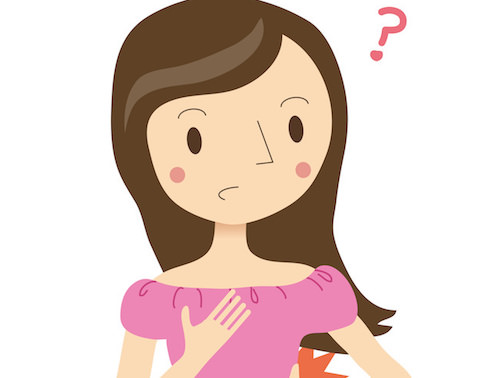A benign breast condition is a cyst, lump, or nipple discharge of the female breast that is not cancerous. For women, the most common are fibrocystic breast changes. Fibrosis feels like scar tissue and can be firm and rubbery. These conditions are easily treated and go away on their own. Since some benign breast conditions can raise the risk of cancer in the future, it is imperative to conduct follow-up exams or tests with your obstetrician-gynecologist (ob-gyn) or other health care experts.
Facts about begin breast disease
- Both men and women can develop benign breast lumps
- Although not cancerous, they can raise the risk of developing cancer in future
- Up to half of all women will experience fibrocystic changes in their lives
- Men’s condition involves enlarged breasts with lumps-gynecomastia
- You are more at risk for benign breast disease if you have a family history of the condition or breast cancer, use hormone replacement therapy, and have a hormonal imbalance.
Types of benign breast disease
There are numerous types of benign breast disease, most of which don’t increase cancer risk and don’t need treatment.
Fibroadenomas: They are the most common solid breast tumors in women between 15-35 years.
Breast cysts: Over a quarter of breast lumps are fluid-filled cysts. They can be lumpy and tender.
Hyperplasia: It results from an overgrowth of cells lining the mammary glands or ducts and is removed surgically to prevent future breast cancer risk.
Fibrocystic breast changes: Caused by hormonal levels fluctuation, they make breasts feel dense, tender, and lumpy, especially before menstruation. Common in women between women aged 30-50 years.
Mammary duct ectasia: Menopausal and postmenopausal women are at a higher risk of developing mammary duct ectasia. Also known as periductal mastitis, one may experience nipple discharge or inverted nipple when swollen and blocked inflamed milk ducts.
Intraductal papilloma: These are small, wart-like growths that form inside the mammary gland near the nipple and may cause nipple discharge. They’re more common in women between ages 30 to 50.
Traumatic fat necrosis: These are breast lumps that form when the scar tissue replaces the breast tissue damaged by surgery, radiation therapy, or an injury.
Causes of benign breast condition
- Breast infection
- Scar tissue from breast injury
- Changes in breast tissue
- Medication use such as birth pill controls and hormone replacement therapy
- Caffeinated beverages
- Hormonal fluctuations during menopause, pregnancy, or menstruation
Symptoms of benign breast disease
While doing a breast self-exam, getting dressed, or showering, you may notice a lump or breast changes. In other cases, a mammogram can detect these changes. Apart from the lumps, other signs and symptoms of the condition include:
- Nipple discharge
- Inverted, creased, or scaly nipple
- Breast pain (mastalgia)
- Change in breast size, contour, or shape
- Dimpled, scaly, or puckered breasts
If you experience these symptoms, alert your health care professional. Do a breast exam, and sometimes, you will need a breast image test. You can conduct breast imaging using an ultrasound exam, magnetic resonance imaging (MRI), or mammography.


